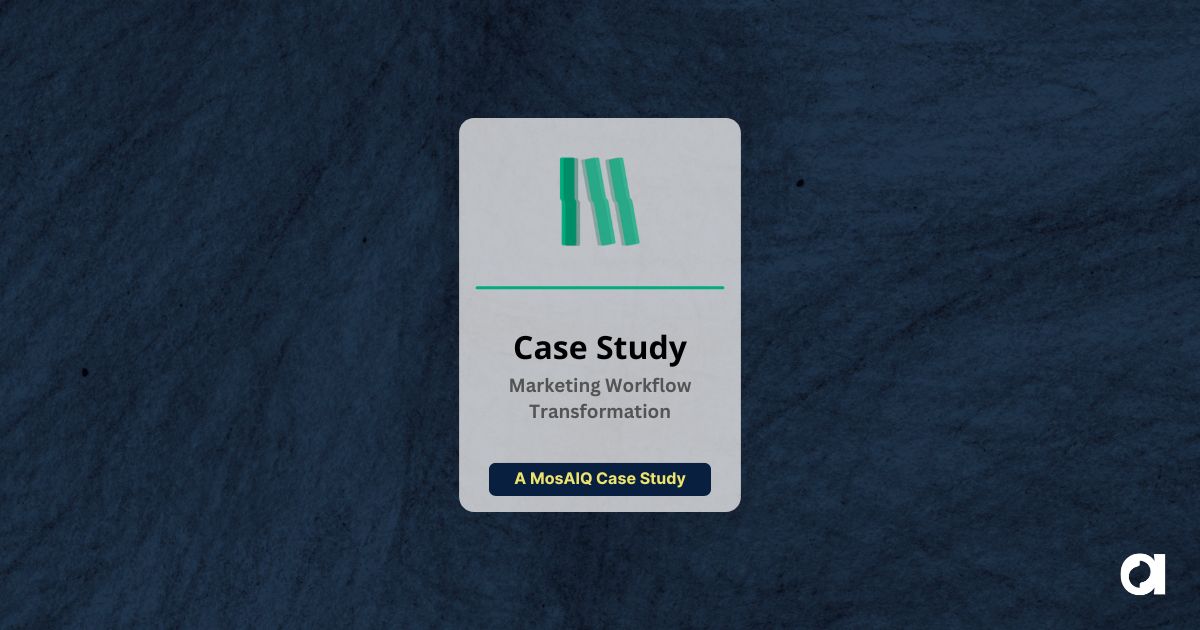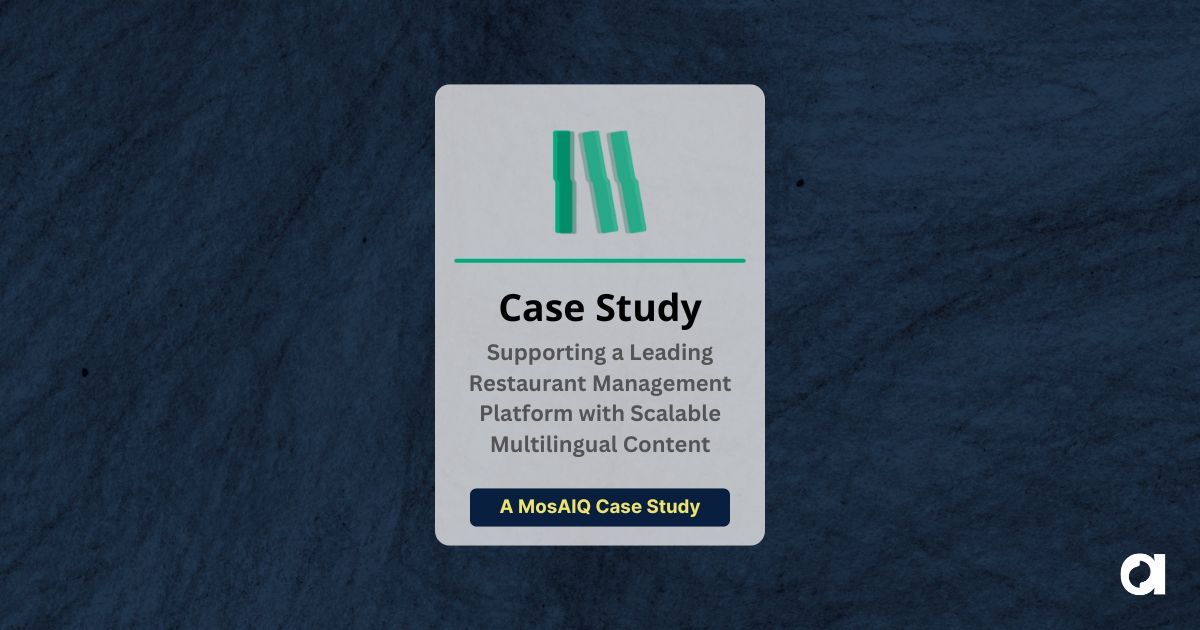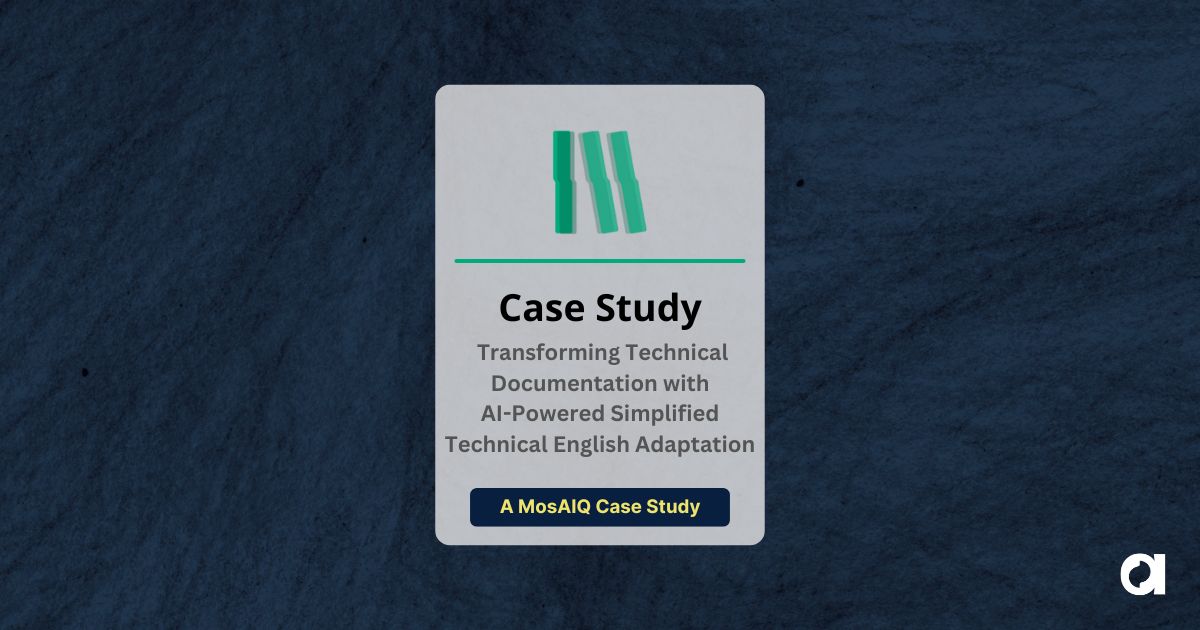Localization is a careful balancing act. Keeping translation projects organized across multiple teams, file formats, and languages isn’t easy. The more moving parts there are, the easier it is for things to slip through the cracks.
If you’ve ever opened a file and wondered whether it was the latest version or why a key term was changed, you’re not alone. In large-scale translation projects, even minor edits can lead to confusion, inconsistencies, and costly rework. Version control and audit trails help keep everything in check, but they aren’t the same thing.
Version control manages different iterations of content, ensuring updates don’t overwrite past work. Audit trails log every change and decision, creating a clear history of what happened and why. Used together, they bring structure, accountability, and clarity to the localization process.
So how do they work, and why does the difference matter? Let’s straighten it all out.
Keeping Track: Version Control and Audit Trails in Localization
Mistakes in localization don’t always happen when content is being translated from one language to another. More often, they come from mismanaged updates, lost approvals, and unclear change histories. Version control and audit trails prevent this by providing a streamlined way to track and manage content as it moves through the production cycle.
To see how they work, let’s start with version control.
Version Control: Managing Translation Iterations
Every translation project has a history. A single piece of content might go through multiple updates, approvals, and revisions before reaching its final version. Version control ensures that teams aren’t guessing which file to use, scrambling to recover lost edits, or duplicating effort.

Version control prevents this by organizing content into a defined sequence of iterations, ensuring that every update is recorded and no version is lost. Localization teams can work from a single, approved version without confusion, restore earlier content if an error is introduced, and manage regional variations without losing alignment across languages. For localization teams, this means avoiding duplicate work, reducing inconsistencies, and maintaining translation quality across multiple versions.
Audit Trails: Tracking Every Edit and Decision
While version control ensures that teams are working with the right version of a file, audit trails document how those versions came to be. Every change, from a minor wording adjustment to a full revision, is logged with who made it, when, and why.
Audit trails create a clear record of approvals, revisions, and terminology changes. They also add accountability by tracking who made changes and when, which is an essential compliance tool for industries with strict documentation requirements.
For industries with strict oversight, audit trails ensure every change is documented, reducing liability and reinforcing trust with clients and regulators.
Version Control vs. Audit Trails: What’s the Difference?
Both version control and audit trails help keep localization organized, but they serve different purposes:
- Version control organizes content into distinct iterations, making it easy to track updates and restore past versions when needed.
- Audit trails, on the other hand, track the decisions behind those updates, providing a full record of changes and approvals.
In short, version control maintains structured content history, while audit trails document every change and decision behind it.
Integrating Version Control and Audit Trails in Localization
A well-managed localization process keeps translations accurate, minimizes errors, and streamlines collaboration. But even the best tools won’t fix a messy process if teams don’t use them correctly.
The most effective translation systems and strategies combine version control and audit trails to create both structure and accountability. Systems that track versions without logging who made changes—or why—leave gaps that can lead to errors.
Regularly reviewing audit logs, rather than waiting for problems to surface, helps teams spot inefficiencies and prevent small mistakes from snowballing into larger issues. Training also plays a critical role. Translators, reviewers, and project managers need to understand how to track changes, document key decisions, and restore previous versions when necessary.

Systems and Technology for Controlling the Chaos
The best version control and audit trail systems fit seamlessly into existing localization operations. While Git is used for version control in software development, localization teams typically rely on translation management systems (TMS). Many TMS and content platforms offer built-in version tracking and audit logs that include:
- Version history tracking to ensure translators, reviewers, and stakeholders work from the latest content
- Automated audit logs that capture changes and approvals without manual input
- Integration with existing workflows to keep localization, quality assurance, and compliance in sync
There’s no single tool for every organization, which is why Argos approaches technology from an adaptive viewpoint. Whether handling compliance-driven content or managing high-volume translations, the right technology should be scalable, accurate, and reliable without creating unnecessary complexity. What matters most is having systems that support systematized content flow and real-world collaboration.
Choosing the Right Tools for Your Localization Needs
With many version control and audit trail options available, selecting the right system depends on several factors. Companies must consider scalability, ease of integration with existing platforms, and industry-specific requirements. For organizations handling compliance-sensitive content, tools with detailed reporting and automated change logs are critical. Meanwhile, high-volume localization teams benefit from solutions that support multiple contributors and real-time updates.
Keeping Localization Clear and Accountable
The more complex a localization project gets, the easier it is for details to slip through the cracks. Terms change, feedback loops drag on, and approvals get lost in the shuffle. Without a reliable way to track updates, even well-run translation projects can turn chaotic, leading to inconsistencies, missed changes, and compliance headaches.
With strong version control and audit trails, localization teams have a clear history of every change, approval, and update. Instead of scrambling to find the latest file version or figure out why a key term was modified, they can trust that everything is approved, documented, and aligned across languages. A structured process cuts down on miscommunication, prevents unnecessary rework, and keeps translations consistent, no matter how often the content evolves.
Looking for a localization partner that helps you stay in control? Argos Multilingual builds structured workflows that keep translation projects organized, scalable, and consistent. Contact us to learn how.
 Stephanie Harris-Yee
6 min. read
Stephanie Harris-Yee
6 min. read
Guess what? You don’t need to translate content into 20 languages to have a localization problem. If your company has a website, software, or marketing content, chances are that someone outside your home market will probably read them. The real question is: will your materials work for them, or will they create problems you didn’t […]

 Leslie Iburg
8 min. read
Leslie Iburg
8 min. read
For many healthcare teams, keeping up with changing regulations is part of the job, especially when it comes to language access. But new regulations have introduced a new layer of complexity. Executive Order 14224, signed March 1, 2025 designating English as the official U.S. language, and the revocation of Executive Order 13166, have created new […]












